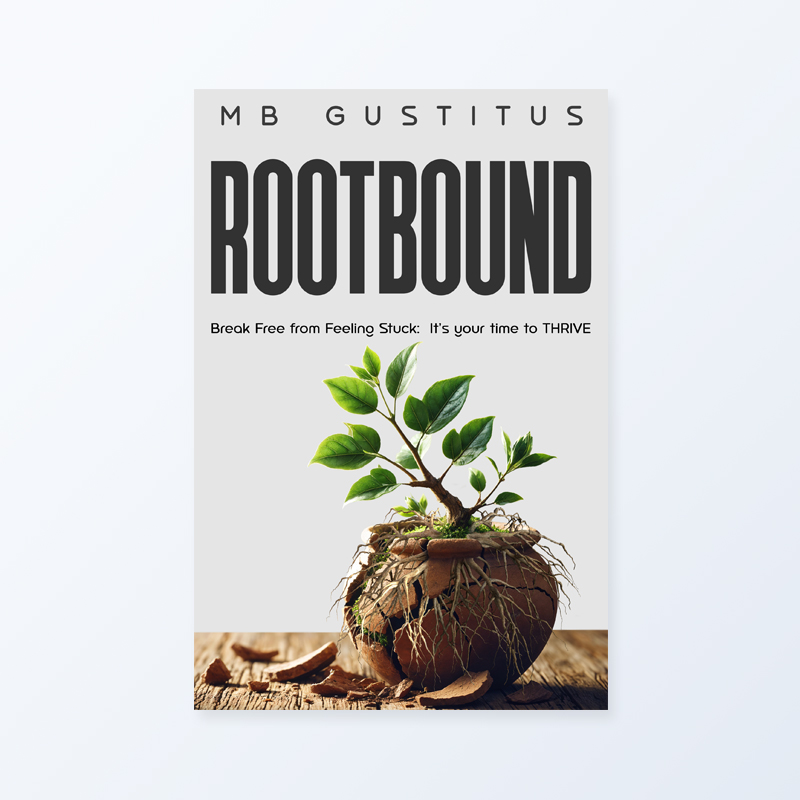Effective Corporate Facilitation: Techniques to Drive Productive Meetings and Workshops
In the corporate world, meetings and workshops are essential for collaboration, problem-solving, and strategic planning. However, not all gatherings are productive, often resulting in wasted time and frustration. Effective corporate facilitation is key to ensuring that these interactions are valuable and yield actionable outcomes.
Empowering Leadership: The Vital Role of a Corporate Facilitator
When it comes to corporate interactions, a leader dons the hat of a facilitator, steering discussions, inspiring engagement, and ensuring objectives are not just met, but surpassed. Picture this: a room buzzing with ideas, diverse perspectives, and palpable energy. This is the magic of effective facilitation, where a leader orchestrates the symphony of collaboration.
A corporate facilitator and leader are synonymous with neutrality and guidance, creating an atmosphere where every voice is heard, and every idea valued. It’s about fostering an environment where participants feel not just encouraged, but compelled to share their insights, contributing to the collective wisdom of the group.
Pre-Meeting Preparation
Define Clear Objectives
Before the meeting or workshop, it is crucial to define clear objectives. Knowing the purpose of the gathering helps in structuring the agenda and determining the desired outcomes. Objectives should be specific, measurable, achievable, relevant, and time-bound (SMART).
Develop a Detailed Agenda
A well-structured agenda serves as a roadmap for the meeting. It should outline the topics to be discussed, the time allocated for each item, and the desired outcomes. Sharing the agenda with participants in advance allows them to prepare and contributes to a more focused discussion.
Select the Right Participants
Inviting the right participants is essential for productive meetings. Ensure that attendees have the necessary knowledge, skills, and authority to contribute to the discussion and make decisions. Having the right mix of people can prevent the meeting from becoming a one-sided conversation.
Prepare Materials and Tools
Ensure that all necessary materials and tools are prepared in advance. This includes presentation slides, handouts, whiteboards, markers, and any digital tools required for virtual meetings. Having everything ready beforehand helps in avoiding unnecessary interruptions and delays.
Techniques for Effective Facilitation
Start with an Icebreaker
Icebreakers are an excellent way to set a positive tone and encourage interaction among participants. Depending on the nature of the meeting and the familiarity of the participants with each other, icebreakers can range from simple introductions to interactive activities.
Establish Ground Rules
Setting ground rules at the beginning of the meeting helps in creating a respectful and productive environment. These might include guidelines for participation, timekeeping, and maintaining focus. Having these rules in place ensures that everyone is on the same page and that the meeting runs smoothly.
Use Active Listening
Active listening is crucial for effective facilitation. It involves fully concentrating on what the speaker is saying, understanding their message, and responding thoughtfully. This technique helps in validating participants’ contributions and encourages more open and honest communication.
Encourage Participation
Encouraging participation from all attendees ensures that diverse perspectives are considered. Techniques such as round-robin (where each person speaks in turn), small group discussions, or anonymous input tools can help in involving everyone. It’s essential to create an inclusive environment where even the quieter members feel comfortable sharing their ideas.
Manage Time Effectively
Time management is a critical aspect of facilitation. Sticking to the agenda and keeping track of time ensures that all topics are covered within the allocated timeframe. The facilitator should be prepared to intervene if discussions go off track or if certain topics require more time than planned.
Use Visual Aids
Visual aids such as charts, graphs, and mind maps can enhance understanding and retention of information. They provide a visual representation of ideas and help in keeping the discussion focused. In virtual meetings, tools like screen sharing and digital whiteboards can be particularly effective.
Summarize and Clarify
Periodically summarizing key points during the meeting helps clarify any misunderstandings and ensure that all participants are aligned. It also aids in reinforcing important information and keeping the discussion lined up with the objectives.
Handle Conflicts Diplomatically
Conflicts can arise during meetings, and it is the facilitator’s role to handle them diplomatically. Address them promptly and impartially, encouraging constructive dialogue and finding common ground. Effective conflict resolution helps in maintaining a positive and productive atmosphere.
Assign Action Items
At the end of the meeting or workshop, it is important to assign action items to specific individuals. Clearly define what needs to be done, who is responsible, and the deadline for completion. This ensures that the meeting leads to tangible outcomes and that follow-up actions are taken.
Gather Feedback
Collecting feedback from participants after the meeting can provide valuable insights into what worked well and what can be improved. Use surveys, feedback forms, or informal discussions to garner this information. Continuous improvement of facilitation techniques can lead to more effective and productive meetings in the future.
Leveraging Technology
Virtual Meeting Tools
In the age of remote work, virtual meeting tools have become indispensable. Platforms like Zoom, Microsoft Teams, and Google Meet offer features such as screen sharing, breakout rooms, and interactive whiteboards that facilitate effective virtual meetings. Familiarize yourself with these tools and utilize their features to enhance engagement and collaboration.
Collaboration Platforms
Collaboration platforms like Slack, Trello, and Asana can be used to manage tasks, share documents, and communicate asynchronously. These help in maintaining momentum between meetings and ensuring that action items are tracked and completed.
Interactive Polling and Q&A
Tools like Mentimeter, Slido, and Poll Everywhere allow for real-time polling and Q&A sessions. These interactive features can increase engagement and provide instant feedback from participants, making the meeting more dynamic and inclusive.
Post-Meeting Follow-Up
Distribute Meeting Minutes
Distributing meeting minutes promptly after the meeting ensures that all participants have a record of what was discussed and agreed upon. These should include key points, decisions made, and action items with assigned responsibilities and deadlines.
Monitor Progress
Follow up on action items to ensure that they are being completed as planned. Regularly check in with responsible individuals and provide support if needed. Monitoring progress helps in maintaining accountability and ensures that the meeting’s outcomes are realized.
Reflect and Improve
Take time to reflect on the meeting’s effectiveness and identify areas for improvement. Consider what worked well and what could be done differently in future meetings. Continuous learning and adaptation are key to becoming a more effective facilitator.
Empowering Collaboration: Facilitation and Leadership Excellence
As we reflect on the techniques discussed, it becomes evident that facilitation is not just about managing discussions but about empowering participants to contribute their best ideas and insights. It’s about creating an environment where collaboration flourishes, and innovation thrives.
In this journey towards facilitating productive meetings and workshops, professional guidance can be invaluable. MB Gustitus Mile1 Coaching offers executive coaching tailored to equip corporate leaders and professionals with the skills they need to excel. Whether it’s refining leadership abilities, honing facilitation techniques, or setting strategic goals, her coaching is dedicated to helping clients achieve true success in their careers and lives.





